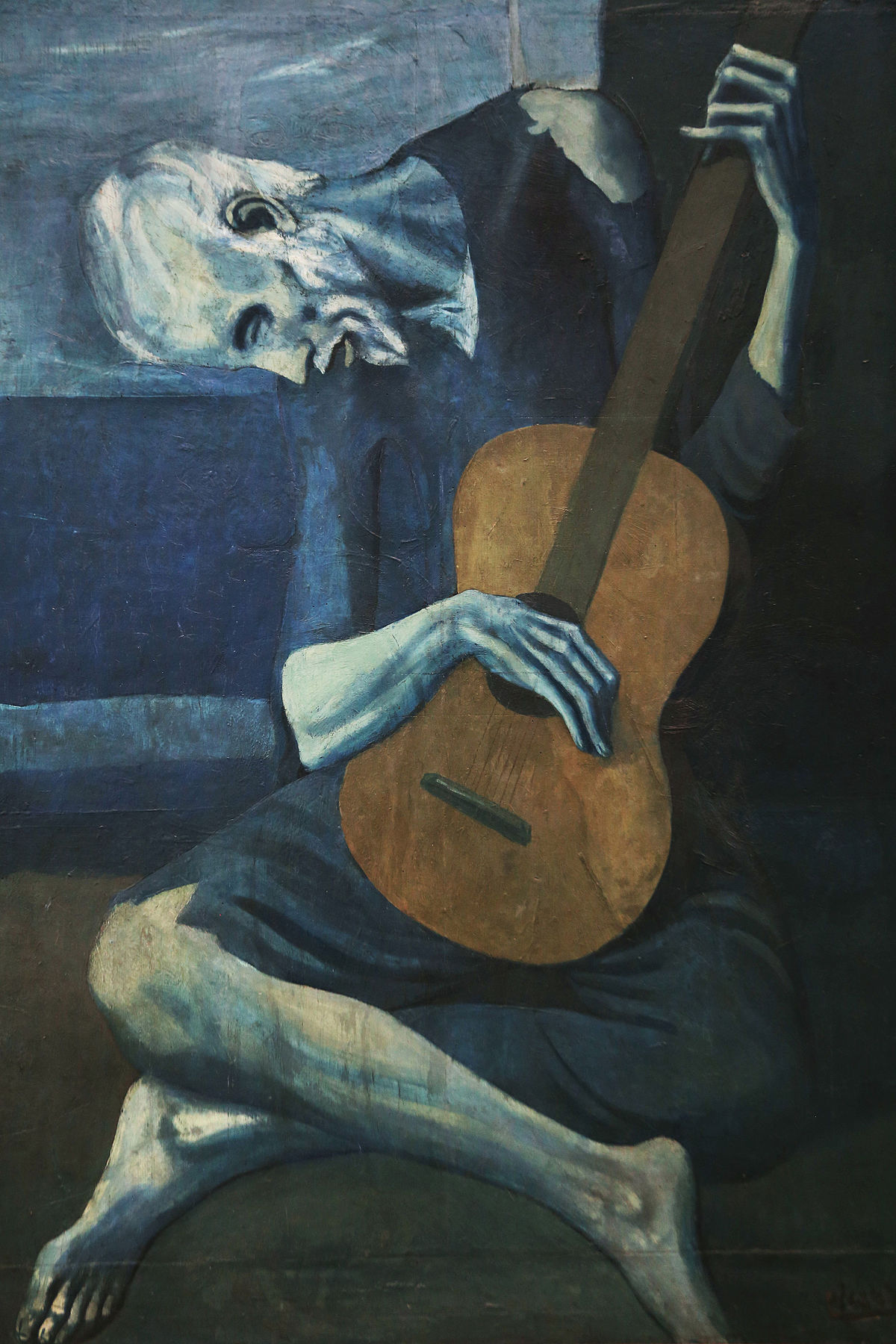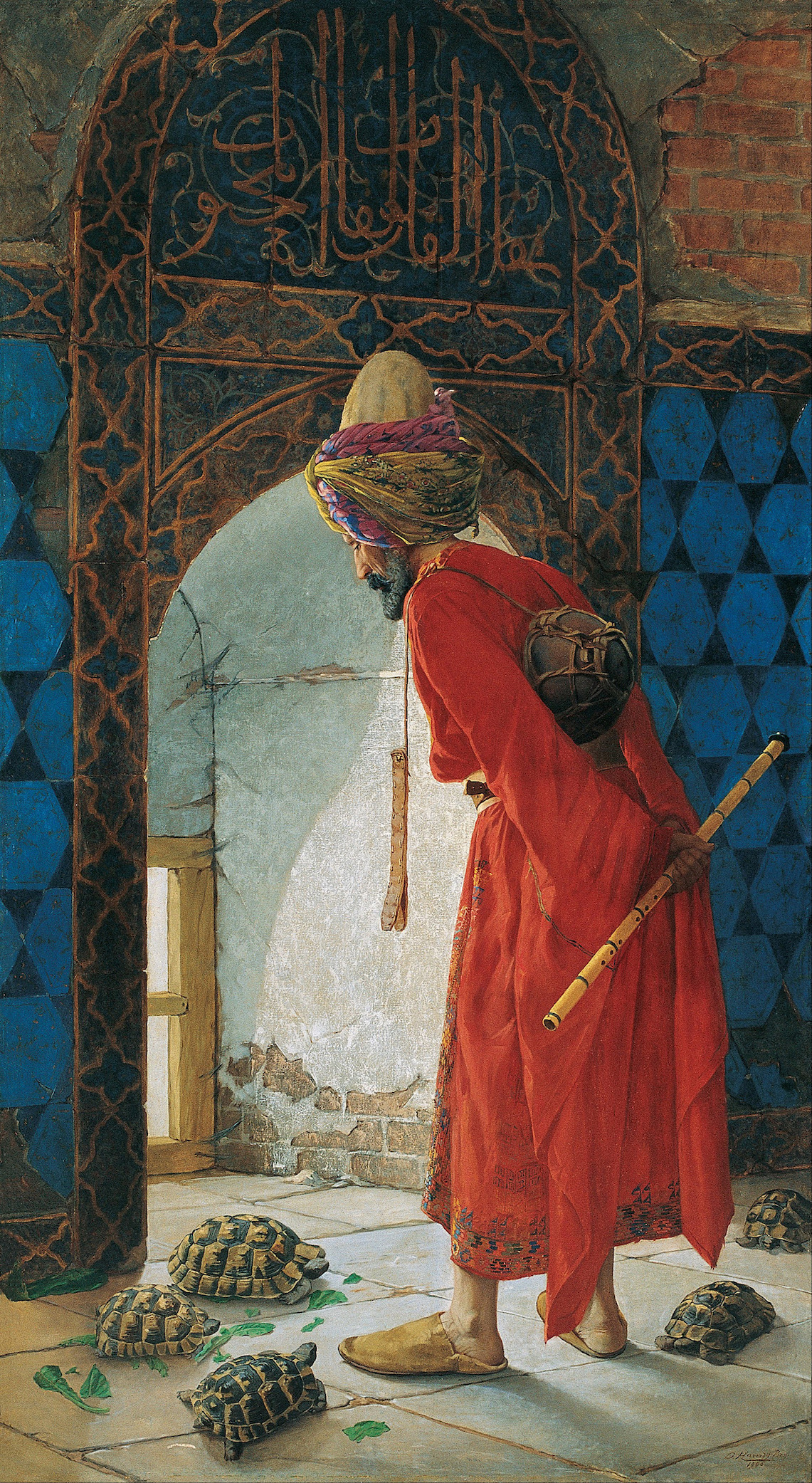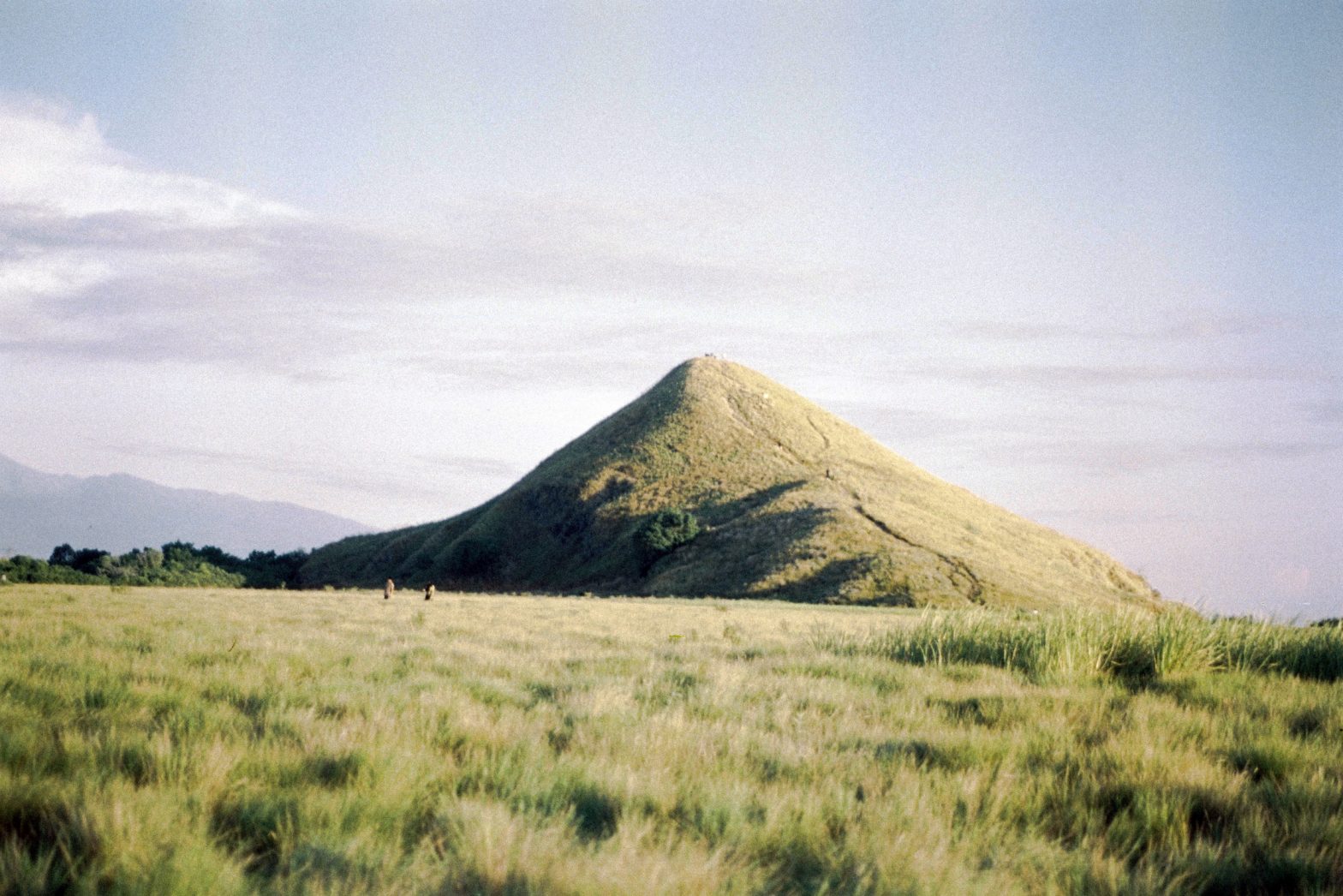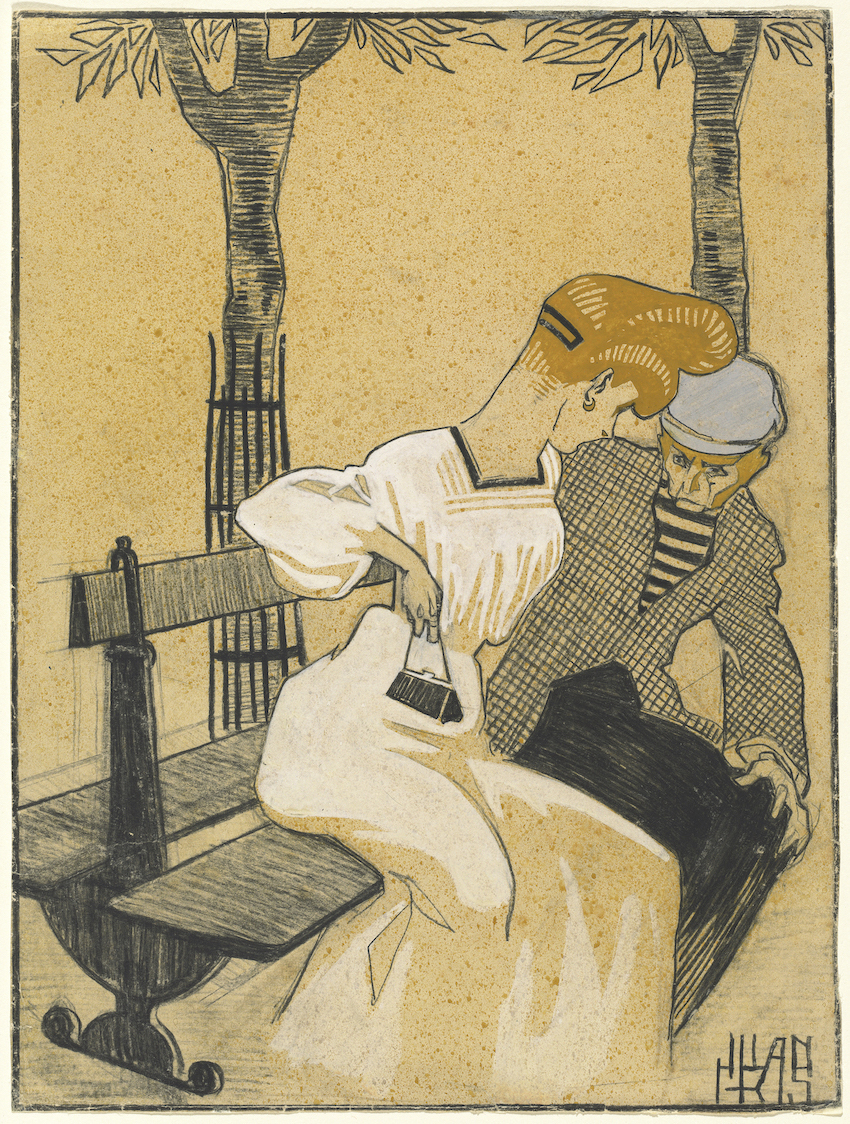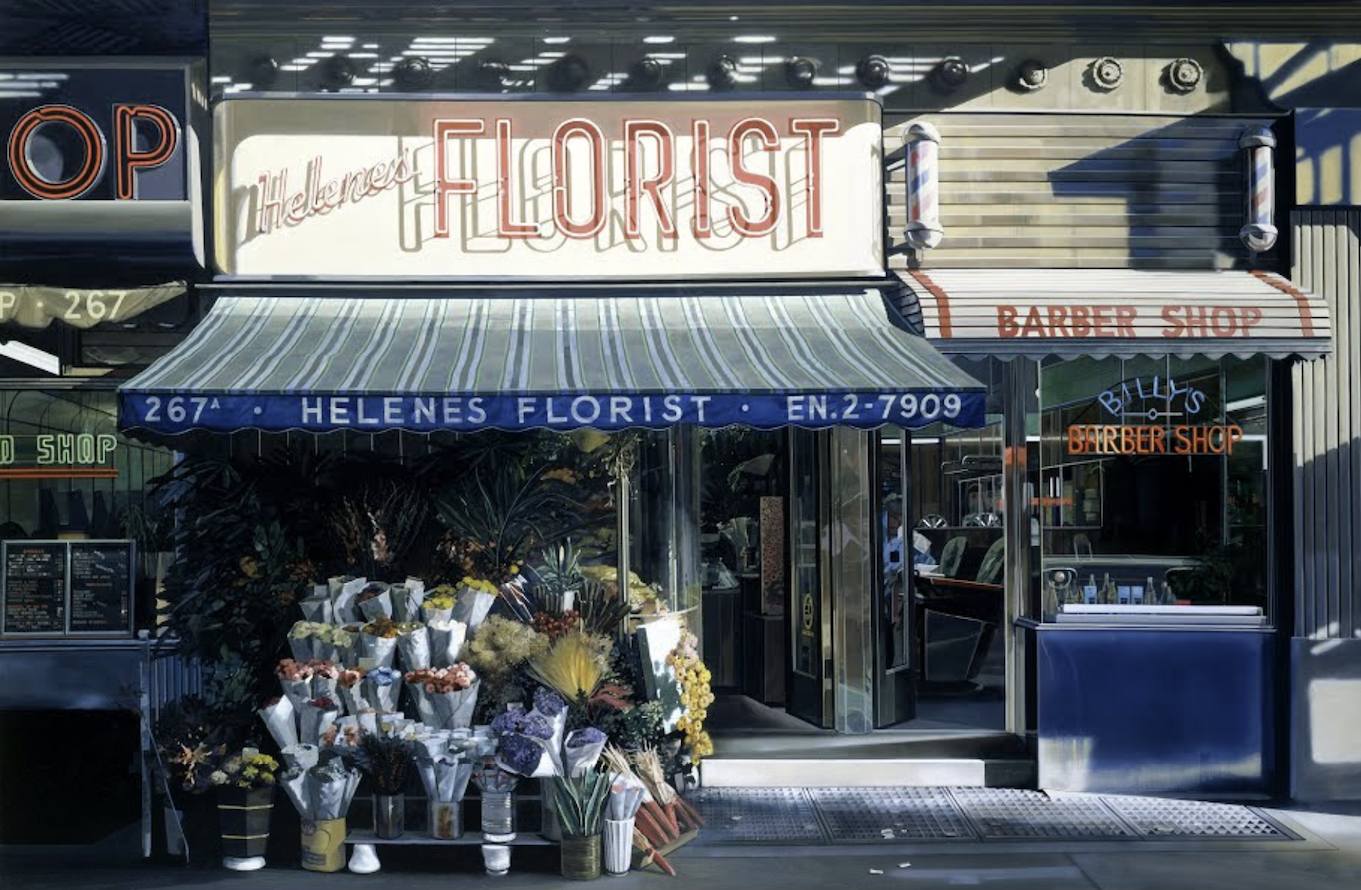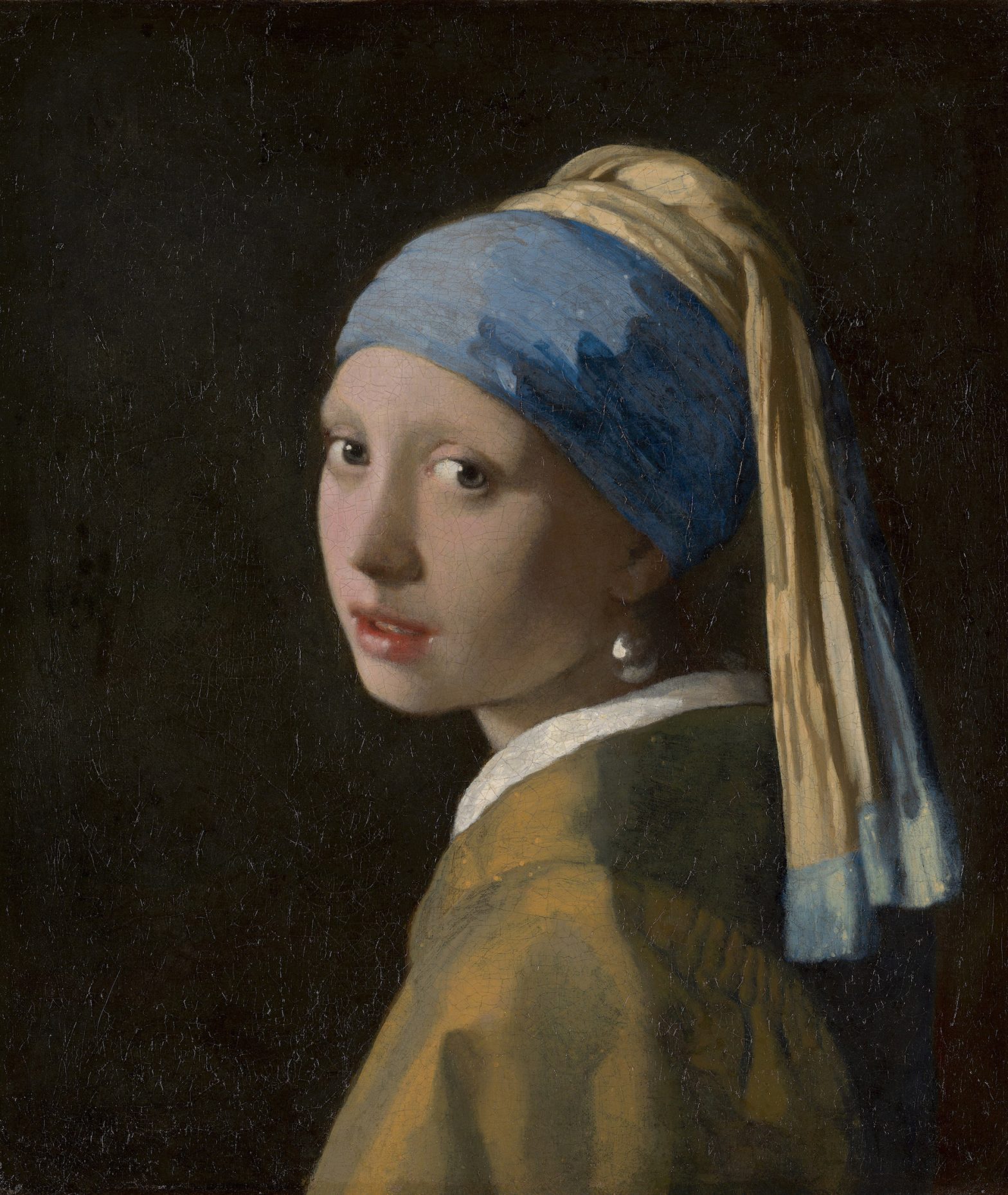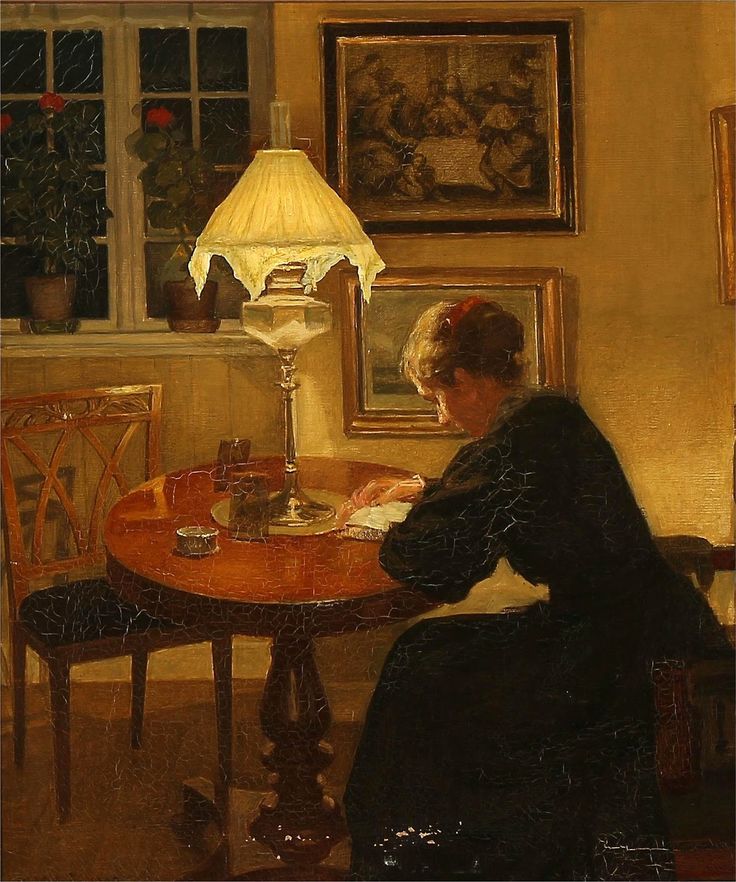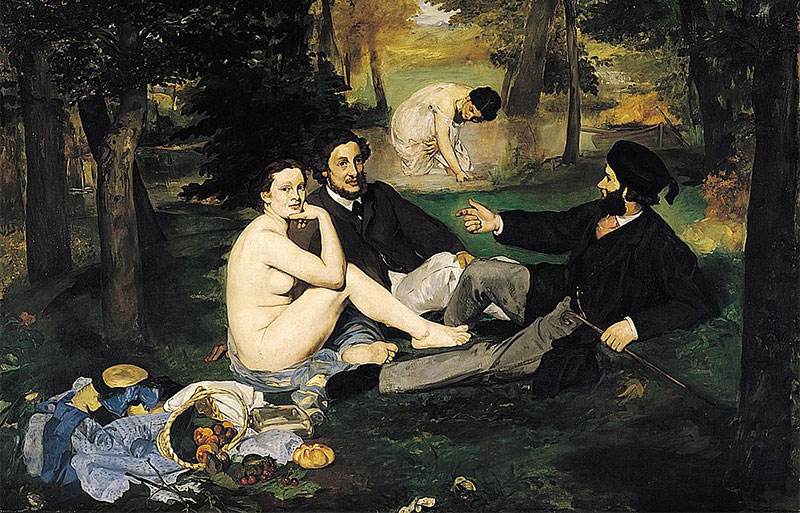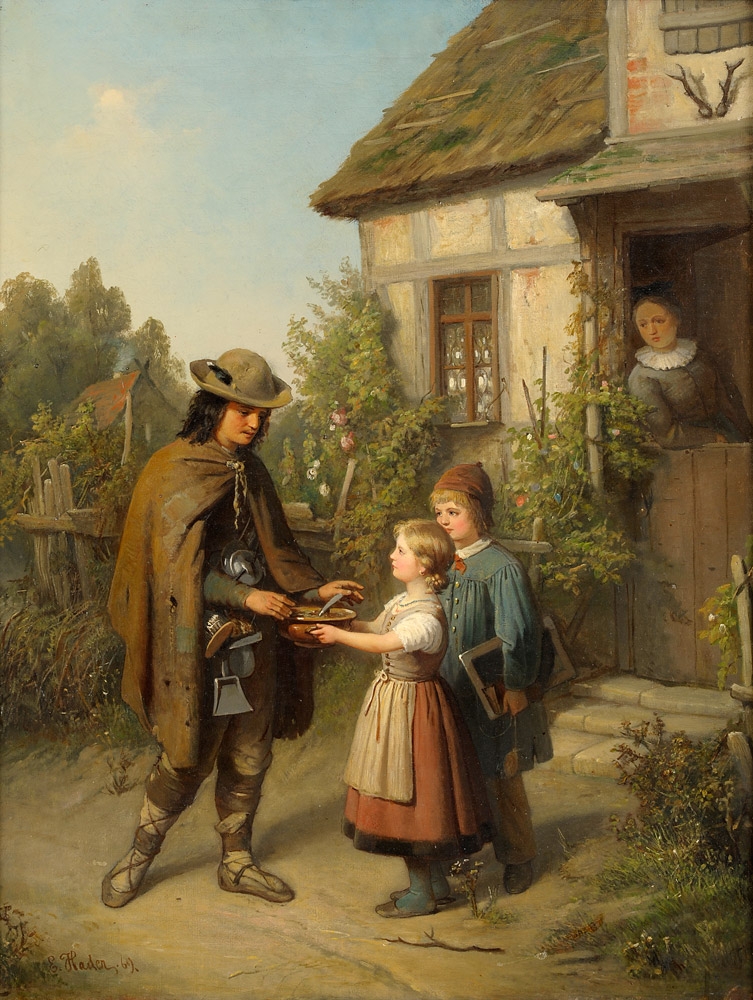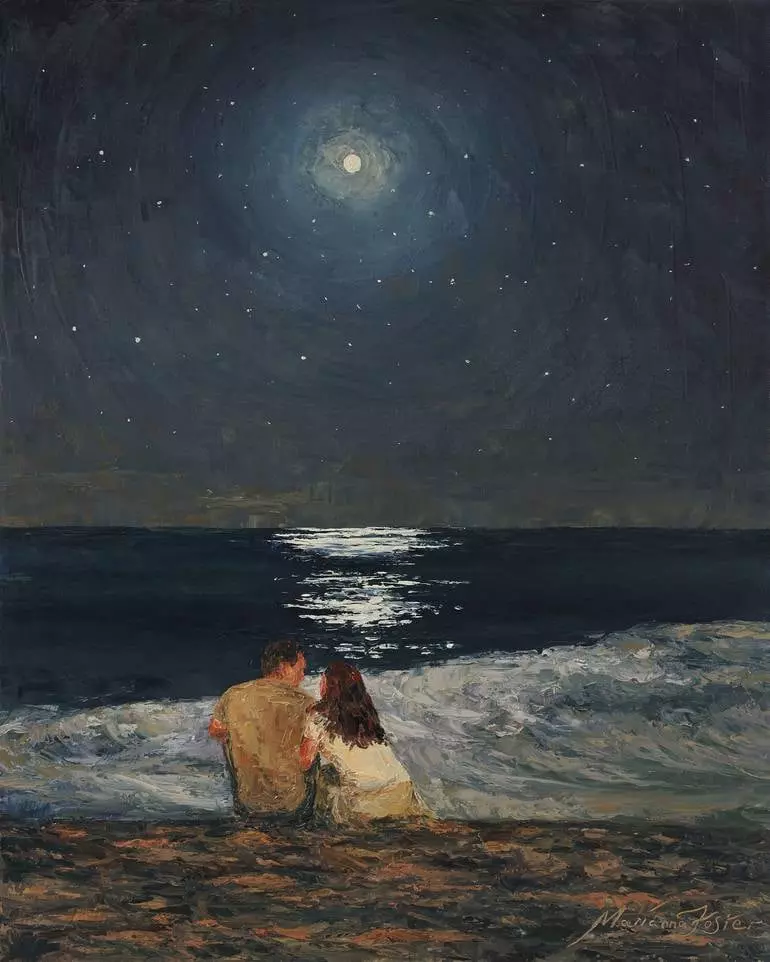The Old Guitarist by Picasso:Understanding the Artistic Genius Behind the Canvas Cubism and Surrealism The Old Guitarist, Cubism & Surrealism “The Old Guitarist” stands as a testament to the artistic genius of Pablo Picasso, a luminary in the world of modern art. Created during his Blue Period, between late 1903 and early 1904, this painting was born out of Picasso’s personal experiences in Barcelona. It was a time of profound hardship for the artist, marred by severe financial struggles and emotional turmoil. Measuring 122.9 cm x 82.6 cm and executed in oil on panel, this piece is a significant part of the Helen Birch Bartlett Memorial Collection. The Blue Period, spanning from 1901 to 1904, was a defining phase in Picasso’s career, characterized by a somber palette and themes of melancholy and despair, deeply influenced by the artist’s own life experiences. Artistic Genesis and Blue Period Pablo Picasso – The Death of Casagemas, 1901, Musée Picasso, photo credit: NC-ND 2.0 by dvdbramhall Picasso’s Blue Period was catalyzed by a series of personal tragedies, including the suicide of his close friend Carles Casagemas in 1901. This event profoundly affected Picasso, leading him to express his grief and emotional pain through his art. The color blue became a dominant theme, symbolizing the feelings of sadness and isolation he experienced. During this period, Picasso was immersed in poverty, which further deepened his empathy for the marginalized and outcast members of society. This empathy is vividly portrayed in “The Old Guitarist,” where he explores themes of poverty, loneliness, and social exclusion, using a restricted color palette dominated by blues and greens to convey the emotional weight of these themes. Symbolism and Style Details Details Details In “The Old Guitarist,” Picasso presents a haunting image of an elderly, blind guitarist. The figure is gaunt, with elongated limbs and a contorted posture, reminiscent of the works of El Greco, the 16th-century Spanish artist. The guitarist, despite his blindness and apparent poverty, is engrossed in playing his instrument. The guitar, depicted in a brown hue, starkly contrasts with the surrounding blues and greens, symbolizing a glimmer of hope and solace in the midst of despair. This use of color not only highlights the guitarist’s isolation but also his resilience. Picasso’s expertise in figure drawing and oil painting, skills honed under his father’s tutelage, is evident in the deliberate composition of the piece, following the rule of thirds to create a dynamic and emotionally charged scene. The Underlying Mystery Old sketches underneath The Old Guitarist, Pablo Picasso A fitting complement to Picasso’s work is Wallace Steven’s poem, ‘The Man with the Blue Guitar’. In this poem, Stevens articulates Picasso’s notion that art is an illusion that reveals the truth, with lines like, ‘You have a blue guitar, / You do not play things as they are’. The response in the poem, ‘Things as they are / Are changed upon the blue guitar’, serves as a metaphor for the necessity of fully embracing one’s sorrow to find healing, a theme also echoed in Denise Levertov’s ‘Talking to Grief‘. Some people speculate that Picasso drew inspiration for his piece from the renowned painting ‘Hope’ by English artist George Frederic Wallace. A unique aspect of “The Old Guitarist” is the presence of hidden images beneath the main painting, revealed through modern infrared technology and art-historical research. These underpaintings, including the image of a woman’s head and an outstretched arm, suggest that Picasso reused canvases, likely due to financial constraints. This practice offers an intriguing insight into Picasso’s artistic process, showcasing his resourcefulness and the evolution of his ideas. The discovery of these layers adds depth to our understanding of “The Old Guitarist,” revealing the complexities of Picasso’s creative journey. Cubism and Later Artistic Phases Following the introspective Blue Period, Picasso’s style underwent a significant transformation. He transitioned to the Rose Period, characterized by a warmer palette and more optimistic themes. This period was a prelude to his pioneering work in Cubism, a revolutionary art movement he developed alongside Georges Braque. Cubism, marked by its abstract geometric forms and the deconstruction of traditional subjects, represented a radical departure from conventional artistic techniques. It was an embodiment of Picasso’s belief that art should not merely imitate nature but reflect the complexities of the modern world. Surrealism and Artistic Exploration In addition to Cubism and the Blue and Rose periods, Pablo Picasso’s forays into Surrealism further demonstrate his artistic versatility and willingness to explore different realms of the subconscious. Surrealism, a movement that sought to release the creative potential of the unconscious mind, resonated with Picasso’s inclination towards imaginative and innovative expressions in art. His exploration of this style was marked by a blend of realistic detail with dream-like, often bizarre elements, which allowed him to delve deeper into themes of fantasy, desire, and the human psyche. Picasso’s surrealistic works, although not as extensively recognized as his cubist or blue period pieces, still played a significant role in his artistic evolution. This phase of his career was characterized by a more fluid and organic approach, departing from the rigid geometric structures of Cubism. He employed distortion and metamorphosis to create compelling, sometimes unsettling imagery, reflecting his deep engagement with the human condition and its myriad complexities. Composition analysis, The Old Guitarist, Pablo Picasso “The Old Guitarist” also foreshadows Picasso’s later forays into Surrealism. The distorted form of the guitarist, with elongated limbs and an ethereal quality, hints at surrealistic elements, indicative of Picasso’s evolving style. This fusion of techniques highlights his ability to break conventional artistic boundaries and explore new realms of expression. In conclusion, Picasso’s artistic journey, encompassing the introspective Blue Period, the groundbreaking Cubism, and the imaginative realms of Surrealism, showcases his extraordinary talent and adaptability. “The Old Guitarist” remains a powerful testament to Picasso’s empathy, creativity, and lasting impact on modern art. Picasso’s Artistic Legacy Pablo Picasso’s impact on the art world extends far beyond his contributions to Cubism. He was a versatile and influential… Continue reading The Old Guitarist by Picasso: Understanding The Artistic Genius Behind the Canvas
Tag: artwork
Art Appreciation: ‘The Tortoise Trainer’ by Osman Hamdi Bey
Art Appreciation:‘The Tortoise Trainer’byOsman Hamdi Bey Romanticism Digital Image Courtesy of Artsy [The Tortoise Trainer, 1906] Celebrated within the hushed halls of Istanbul’s Pera Museum, ‘The Tortoise Trainer’ by Osman Hamdi Bey beckons with a timeless allure. This painting is more than art; it’s a portal to a bygone era of the Ottoman Empire, a time of change and turmoil. Let’s unravel the captivating story behind this masterpiece! The Tortoise Trainer (1906) Digital Image Courtesy of Pera Museum [Osman Hamdi Bey, 1842 – 1910] The Tortoise Trainer (in Turkish: Kaplumbağa Terbiyecisi) is an academic oil on canvas painting by Turkish Painter Osman Hamdi Bey, with the first version created in 1906 and a second in 1907. A brief Iconography about the painter may be in order. Osman Hamdi Bey held multiple roles throughout his remarkable career. He wasn’t just an Ottoman administrator but also a man of great intellectual pursuits. His accomplishments extended beyond the canvas, as he played a pioneering role in the world of art. Additionally, Osman Hamdi was a respected archaeologist and a trailblazer in the field of museum curation in Turkey. His legacy includes the founding of the Istanbul Archaeology Museum and what is now known as the Mimar Sinan University of Fine Arts, originally called the Istanbul Academy of Fine Arts. Digital Image Courtesy of Artsy [The Tortoise Trainer, 1906] Osman Hamdi, known for frequently using photographs as models for his figurative compositions, once again employs this technique in the painting, portraying himself as a Dervish. The artwork features an elderly man dressed in traditional Ottoman religious attire: a long red garment adorned with embroidery along the hem, cinched at the waist, and adorned with yellow sahtiyan slippers for indoor wear made from Moroccan (goatskin) leather. The ensemble is topped with a Turkish turban. The anachronistic costume predates the introduction of the Fez and the spread of Western-style dress with the Tanzimat reforms in the mid-19th century. As seen above, the figure seems to hold a traditional ney flute and bears possibly a nakkare or kudüm on his back, with a drumstick hanging in front. The setting of this scene unfolds within a weathered upper chamber of the Green Mosque, known as Bursa Yeşil Camii. Here, the figure stands near a solitary window, with a slight light coming into the room. His demeanor suggests an endeavor to “train” the five tortoises positioned near his feet. However, these tortoises appear rather indifferent to his efforts, showing a preference for indulging in the green leaves scattered across the floor. Above an arched window, an inscription reads, “Sifa’al-kulûp lika’al Mahbub,” which translates to: “The healing of hearts is found in meeting the beloved.” Digital Image Courtesy of Pera Museum [Salon Exhibition Catalogue, “Tortoise Trainer” Osman Hamdi Bey, 1906] The initial version of the painting debuted at the Grand Palais in Paris back in 1906, courtesy of the Société des Artistes Français, and was titled “L’homme aux Tortues” or “Man with Tortoises.” At the time of its release, it didn’t gain widespread attention or understanding, but its significance grew substantially in the following decades as it seemed to foreshadow the Young Turk Revolution of 1908. The artwork was formerly in the collection of the businessman Erol Aksoy and was sold for US$ 3.5 million in 2004. Apart from this, the second version was more petite, dedicated to his child’s father-in-law, Salih Münir Pasha. Interestingly, Osman Hamdi’s inspiration for these artworks can be traced back 37 years before their creation when he received an issue of the travel journal Tour de Monde from his father while in Baghdad. He found an article written by Swiss diplomat Aimé Humbert, who conveys his remarkable encounters in Japan, including observations of Korean Tortoise trainers. These trainers taught tortoises to walk in a single line and even stack on top of one another on a low table, accompanied by the rhythmic beats of a small drum. It’s believed that this article served as Osman Hamdi’s initial inspiration for these works. In the 1980s, the painting found its way into the collection of journalist Erol Simavi and was later exhibited at the Sakıp Sabancı Museum in 2009. Osman Hamdi Bey created the painting during a period of significant social and political upheaval within the Ottoman Empire. At that time, the reforms initiated by Sultan Abdülhamid II had either proven ineffective or had been attributed to the increasing unrest. The Ottoman Empire, which extended across parts of the Balkan Peninsula, portions of North Africa, all of Anatolia and the Levant, and much of the Arabian Peninsula at the dawn of the 20th century, faced serious threats. These included the growing influence of nationalist movements within its borders and the incursions of foreign powers, eventually dividing the Empire among them in the aftermath of the First World War. Digital Courtesy Image of Peramuzesi [The Tortoise Trainer, Osman Hamdi Bey] The artwork currently resides in the Pera Museum, located in Turkey. The Tortoise Trainer (1906) Artwork created by Osman Hamdi Bey. Osman Hamdi Bey (1842-1910) Self-portrait of Osman Hamdi Bey in his youth. Osman Hamdi Bey (1842-1910) He is known for his multiple roles that leave such great legacies throughout his life. Salon Exhibition Catalogue (1906) Located in Grand Palais in Paris. Courtesy of the Société des Artistes Français, and was titled “L’homme aux Tortues” or “Man with Tortoises. Salon Exhibition Catalogue (1906) Located in Grand Palais in Paris – Courtesy of the Société des Artistes Français. Pera Museum, Turkey Collection of Osman Hamdi Bey’s artwork, ‘The Tortoise Trainer’. Digital Images Artsy Digital Image of ‘The Tortoise Trainer’ painting Pera Museum Digital Image of Osman Hamdi Bey Pera Museum Digital Image of Salon Exhibition Catalogue Peramuzesi Digital Image of Osman Hamdi Bey’s collection in Pera Museum, Turkey Toggle Title Toggle Content Article Sources Medium The Tortoise Trainer Google Arts and Culture The Tortoise Trainer – Osman Hamdi Bey Pera Museum Osman Hamdi Bey – The Tortoise Trainer Get Daily Art Osman Hamdi Bey –… Continue reading Art Appreciation: ‘The Tortoise Trainer’ by Osman Hamdi Bey
April Sky: Kenawa Island
April Sky In a moment of surrender, I let myself in sync with the stillness. it allowed me to yield to the April sky that shone even more brilliantly that day. Its radiance surpasses all expectations, casting a glow of hope upon everything it touches. Gazing upward, i can almost hear the sky’s whispers, assuring me that uncertainties, too, have their place in the grand arrangement. and within this celestial exchange between the expanse and my existence, a silent understanding blooms—that despite the trials and tribulations, everything is destined to be alright. Kenawa Island, 2023 © 2023 All Rights Reserved. Instagram Wordpress Instagram Pinterest
Man and Woman on Bench Juan Gris
Artist: Juan Gris Title: Man and Woman on Bench Date: 1908/1909 Medium: Charcoal, Gouache, and Watercolor Dimension: Approximate 36.8 cm x 27.7 cm Wikimedia ↗ Digital Image Courtesy of Wikimedia Arts and Culture ↗ Detail information
Helene’s Florist by Richard Estes
HELENE’S FLORIST byRICHARD ESTES 1971TOLEDO MUSEUM OF ART, OHIO, USA Artist: Richard Estes Title: Helene’s Florist Date: 1971 Style: Photorealism Genre: Painting Location: Toledo Museum of Art, Ohio, USA Dimension: 121.9 cm x 182.8 cm Oil on canvas Richard Estes’s paintings substantially celebrate the visual complexity of the urban environment, whereas everything evolves, especially in that era. Though there is no living human in this painting, it describes its surroundings. He used a photograph of Helene’s Florist Shop (back then, it was located on Colombus Avenue at 72nd Street in New York) as his inspiration for his painting. However, much as it may take after the photograph, the painting has qualities not found in photography. Though a traditional film camera captured it, the simultaneous depth of field gave complete clarity at close and far range – it looked the same. REFERENCE · GOOGLE ARTS AND CULTURE
About Girl with a Pearl Earring by Johannes Vermeer
The Girl with a pearl earring (meisje met de parel) is an oil on canvas by Dutch Golden Age painter Johannes Vermeer in 1665. This work of art has been in the collection of the Mauritshuis in The Hague since 1902 and has been the subject of various literary as well cinematic treatments. Girl with a pearl earring is not a portrait but a ‘tronie’ – a painting of an imaginary figure. In Dutch, it means the head of an ideal “type,” like “a soldier” or “a musician” – or in this case, “a young beauty.” The painting depicts a European girl wearing an exotic dress, an oriental turban, and the famous eye-catching pearl earring. Girl with a pearl earring portrays a young woman in a dark, shallow space, an intimate setting that exclusively draws the viewer’s attention to her. In this painting, the girl wears a blue and gold turban, a titular pearl earring, and a gold jacket beneath with a visible white collar. Caught in a fugitive moment, she turns her head over her shoulder, meeting the viewer’s gaze with her eyes wide and lips parted as if about to speak. Her enigmatic expression and the mystery of her identity are what intrigues the painting more. The Girl with a Pearl Earring Title: The Girl with a pearl earring (meisje met de parel) Artist: Johannes Vermeer Year: 1665 Style: Baroque Genre: Portrait, tronie Dimension: 46.5 cm x 40 cm Location: Mauritshuis, The Hague, Netherlands Oil on canvas
Interior with a reading woman
Interior With a Reading Woman Title: Interior with a reading woman Artist: Niels Holsøe (Danish, 1865 – 1928) Published: 1907 Origin: Danish Size: 54 cm x 46 cm (21.3 in x 18.1 in) Oil on canvas
Le Déjeuner sur l’Herbe by Édouard Manet
Short story about this remarkable panting by Manet Le Déjeuner sur l’Herbe (The Luncheon on the Grass) is a larger oil on canvas painting by French artist Édouard Manet created in 1862-1863. This unnerving and astounding composition bring in an entirely new painterly method – it contains the genres of portraiture, landscape and still life within a single painting. The large scale of the painting was generally reserve for religious, mythological, or historical subjects. The background of the painting was lacks depth, as if the piece was painted in a studio rather than outdoors – with the light is low and almost no shadows. Le Déjeuner sur l’Herbe (The Luncheon on the Grass) depicts a female nude and a scantily dressed female bather casually having a casual picnic with two fully and fashionably dressed men in a rural setting. In front of them is a basket of fruit and bread. The woman’s pale body is starkly lit as she stares directly at the viewer. The two men seem to be engaged in conversation, ignoring the woman. At that time, when pictorial art only allowed for the feminine nude to be depicted in connection with myths and allegories, Manet, himself, re-contextualizes the worn out and overdone subject matter. He refreshed the concept and idea of female nudity in art, specifically paintings. Despite all critics about this painting, Manet managed to bridge the gap between two majors of art movements: Realism and Impressionism. He also played an important role in the art scene of 19th century Europe. In return for his bravery and brilliant creative mind, Le Déjeuner sur l’Herbe has become one of Manet’s breakthroughs – and modern’s art’s most famous artworks. The painting can be viewed in Musée d’Orsay Museum, Paris.
Ernst Hader Paintings
Title: Der Wanderhänder Artist: Ernst Hader Published: 1869 Dimension: 70 x 53 cm Oil on canvas Title: Öffentliche Verlaudbarung Artist: Ernst Hader Published: 1922 Dimension: 50 x 39 cm Oil on canvas Title: Auf dem Korridor Artist: Ernst Hader Published: Before 1922 Dimension: 66 x 52 cm Oil on canvas
Moonlight over the ocean
Moonlight over the ocean Marianna Foster (Ukraine, 2019) This painting was produced by Marianna Foster, whose born and educated in Ukraine, which later on she was relocated to Phoenix, Arizona in 2012 along with her husband and two little children. Moonlight over the ocean is about infinity – infinite beauty and power of the ocean, infinite breathtaking and stunning beauty of the moon and stars that shines so bright at night, and it’s also about the infinity of true love – two souls fall in love, as if there is nothing else but the yearning to be close to the other. Title: Moonlight over the ocean Artist: Marianna Foster Published: 2019 Oil on canvas
